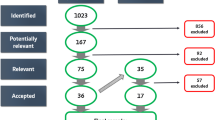Abstract
The purpose of the paper is to outline an analytical framework which captures the ample scope of locational competition: cost differences, resulting from differences in factor prices including taxes, human capital, infrastructure services and total factor productivity. If cost differences are small, locational competition controls excessive government power. We have modeled locational competition by assuming that governments have a vital interest to keep mobile factors of production at home. We represent this aspect by restricting the usage of environmental instruments such that they will at most exhaust the cost difference to a competing foreign firm. If cost differences are large enough there is no binding restriction for the cost-benefit calculus of a national environmental policy. The tax will be below marginal damage due to strategic reasons of rent shifting. If small international cost differences do not allow taxation in accordance with marginal damage considerations, then locational competition restricts the size of the tax rate such that the firm is indifferent in relocating or staying at home.




